
e-learning has seen continuous, unstoppable growth over the past four years—there’s no doubt about it. In fact, since the 2020–2021 pandemic, enrollment in online courses and all forms of e-learning has increased fivefold. Today, e-learning has evolved far beyond being just an option for a specific group of students or training programs. We now have everything from short webinars to fully online degree programs.
And it’s no longer limited to just a few learning platforms. Some of the world’s most prestigious universities now offer fully online undergraduate and graduate programs. At the same time, we can’t ignore the economic potential of e-learning as a scalable business model.
That’s exactly what we’ll explore today: how e-learning can serve as a powerful strategy for business growth. We’ll look at how Talkao AI-powered translation tools can significantly improve the user experience.
You’ll also learn how real-time translation for video conferencing and accurate audio translation are becoming essential tools for scaling e-learning services globally. These innovations aren’t just enhancing access—they’re redefining what’s possible in digital education.
e-learning: Much more than just a learning method
The evolution of e-learning has been nothing short of remarkable. As one of the most significant shifts in the education sector, e-learning is here to stay. In the US alone, over 70% of educational institutions at all levels now offer partially or fully online classes. On a global scale, more than 57% of the education market relies on e-learning—either as a standalone or blended method.
But to truly understand how and why e-learning has become what it is today, we need to take a quick step back. Not far—just five years, to the pre- and post-COVID-19 era. Before the world was forced into lockdown, e-learning represented less than 20% of total instruction. Online classes were mainly used for niche training programs and specialized learning paths.
Courses, master’s degrees, and certain programs offered online classes for international or off-campus students. In many cases, e-learning was just an extra feature for a limited group of learners. Additionally, not all university degrees or formal programs had digital learning options. But everything changed in 2020.
COVID-19: A turning point for e-learning
Many experts compare the rise of e-learning to the mass adoption of other groundbreaking innovations. Let’s use the automobile as an illustrative analogy. When Ford introduced the assembly line, it enabled the production of affordable, practical vehicles. However, there wasn’t yet a global infrastructure ready to accommodate such a large volume of cars. Cities had to reinvent themselves to make room for a car in every garage.
Similarly, for e-learning to become the global phenomenon it is today, the world had to undergo a technological and cultural shift. Between now and pre-2020, technology and innovation have drastically changed. Before the pandemic, streaming quality, multimedia speed, and especially audio-video interaction were far less advanced. Not everyone had the capacity to stream a class with today’s audio translation accuracy and real-time capabilities.
The student changed—But so did the teacher
All of these factors have played a key role—there’s no doubt about it. Without the necessary infrastructure, running a high-quality live class as we know it today would be impossible. But beyond the tech, there’s been a major shift in public perception of e-learning.
Today’s learners no longer view online education as distant, low-quality, or overly specialized. Online classes have evolved into a global market worth over €2 billion. And teachers? They’ve adapted too. Since 2020, educators and academic institutions have recognized the true potential of e-learning.
In fact, current projections suggest that within the next decade, up to 75% of all courses will be delivered online. This sends a clear message: “Adapt or be left behind.” Put differently, educators who fail to embrace e-learning could soon become relics of the past.
Still, one essential question remains: Why is real-time translation for video conferences the key to unlocking the full potential of e-learning?
Let’s find out.

The paradigm shift in e-learning and the “democratization” of education
Alright, we’ve already established that since 2021, e-learning has gone from being a novelty to becoming the new standard in education. But what does that actually mean in terms of growth for the sector? As we’ll explore below, this “simple” shift has led to a profound transformation: the globalization of learning.
Today, you no longer need a massive physical infrastructure to become an educator. A teacher—or better yet, a specialist in any field—can now scale their expertise to a global audience. Take a language teacher, for example. A student in Polynesia can now take Spanish lessons from a tutor in Cádiz, and vice versa. It may not sound revolutionary at first glance… but it’s changed the game completely.
Thanks to advancements in real-time translation for video conferencing and improvements in audio translation accuracy, educators no longer need to invest in expensive translation services to subtitle or dub content. Not only was this cost-prohibitive, but it also made live classes virtually impossible. From a growth and service delivery perspective, this marks a true revolution. Let’s break it down with a concrete example.
Live classes, webinars, consultations, and one-on-one coaching
Until recently, educational globalization was still an incomplete concept. For students in other regions to access learning content, it first had to be translated and localized. Not every institution could afford this luxury, and this naturally excluded individual educators and small training centers from going global.
If a training academy in Alabama wanted to teach students in Japan, they had to edit, translate, and adapt all content beforehand. This made it impossible for a student in Tokyo to receive real-time, up-to-date information. Yet in industries like tech or science, access to timely information is essential.
Now, with cutting-edge audio translation and high-quality streaming, that Tokyo-based student can receive the same content, live and in full context, as a student in Alabama. And the same goes the other way around—regardless of the country, subject, or sector.
Do you see the implication? Borders no longer exist—not in terms of distance, not culturally, and certainly not linguistically. That means you, as a specialist, can now teach millions of students around the world.
This is nothing short of a fundamental shift.
And we’re just getting started…
Real-time translation as the driving force of the future of e-learning
Across multiple industries, translation technology is pushing the boundaries of what e-learning can achieve. Today, the world’s top universities offer degree programs that are entirely online. At the same time, new universities have emerged that are fully digital in nature. And let’s not forget the thousands of professionals who have embraced e-learning as both a growth opportunity and a way of life.
As we mentioned earlier, the e-learning market is projected to reach astronomical figures within the next two years. No other sector in human history has seen such rapid growth. From just a few million euros in revenue in 2018, the market is expected to hit billions—with a “B”—by 2025.
And it’s not just major institutions like Oxford or Harvard seeing these gains. We’re talking about steady income streams flowing to independent educators who, until recently, were considered “outside the system.” Educators like you, who are now ready to take their expertise beyond geographic and language barriers.
What’s happening in the global e-learning landscape
Although economics is an inexact science, it does operate under a few fundamental principles. One of the most relevant in this context is the law of supply and demand, which is already beginning to shape the future of e-learning.
As with any product or service that reaches mass adoption, increased supply and demand will naturally drive prices down. And along with that—almost inevitably—quality may also decline.
You may have already experienced this firsthand: the market is becoming saturated with low-cost online courses created by unqualified individuals, offering training in just about anything. So how does this affect your place in the market? Quite simply: consumers will start looking for better-quality options—even if they cost a little more.
Of course, this won’t apply to every student. Some will always prioritize price over value, but a growing segment is actively seeking high-quality education, and they’re willing to pay for it.
This is where you, as an online educator, must make a critical decision:
- You can join the race to the bottom, offering low-cost, low-quality courses in a hyper-competitive market.
- Or you can elevate your course quality and tap into a more discerning audience willing to invest in a better learning experience.
If you choose the first path, best of luck—you’ll be competing in a nearly infinite pool of providers.
But if you opt for the second, then listen closely to what comes next…

Differentiation as the key to e-learning—and real-time translation as a game-changing tool
When faced with a professional crossroads, we must always choose the path that’s most sustainable in the long run. That’s precisely the case we presented earlier. If you’re an e-learning instructor, you’ve likely encountered this difficult decision:
- Should I expand my services at the cost of quality by offering low prices?
- Or, on the contrary, should I focus on delivering higher quality to reach an audience willing to invest more?
If you chose the second option—congratulations! You’ve made a consumer-centric decision, and trust us: the market sees it, appreciates it, and rewards it.
However, raising the quality of your e-learning courses is not just about good intentions. It requires action and hard work. We’re not only talking about high-quality content, strong technical production, or compelling visual design. And it’s not just about offering good supplemental materials either—that’s what everyone else is doing.
In the vast international e-learning market, quality is expected as a baseline. The learners willing to pay more have already sifted through dozens of alternatives before landing on yours. So where does your real advantage lie?
It’s all about differentiation
If your goal is to reach a global audience, first understand that you’re stepping into the top tier of your industry. You’ll be competing with the best across all five continents, and in this league, the smallest details make the biggest difference.
That’s why incorporating top-tier translation tools must be high on your priority list.
If your courses rely on multimedia content—audio, video, text, and images—real-time translation becomes essential. In this context, the quality of the tools you offer your students is anything but a minor detail.
Think about real-time translation for live video conferencing, and high-precision audio translation.
Can you really afford to settle for subpar tools?
Your tools reflect your standards
Think of the quality of your translation tools as part of the complete learning experience.
Talkao’s real-time translation tools offer a smart solution that delivers everything you need:
- Intuitive features
- 100% mobile-friendly interface
- Seamless integration with no technical skills required
Your students can download and use the platform regardless of their device or location.
With AI-powered live translation tools and real-time video streaming transcription, offering multilingual support becomes effortless. The interface is minimalist, easy to navigate, and adaptable to videos of any length.
That means you can deliver your content in over 125 languages, without sacrificing quality or wasting time.
It’s the details that set you apart!
Differentiation is built into the little things. And providing your students with an easy-to-use, instant translation system is much more than a simple detail—it’s a competitive advantage.
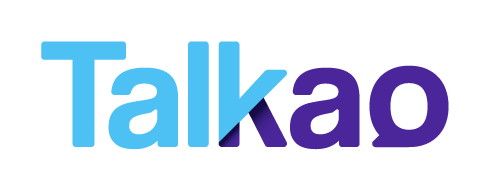

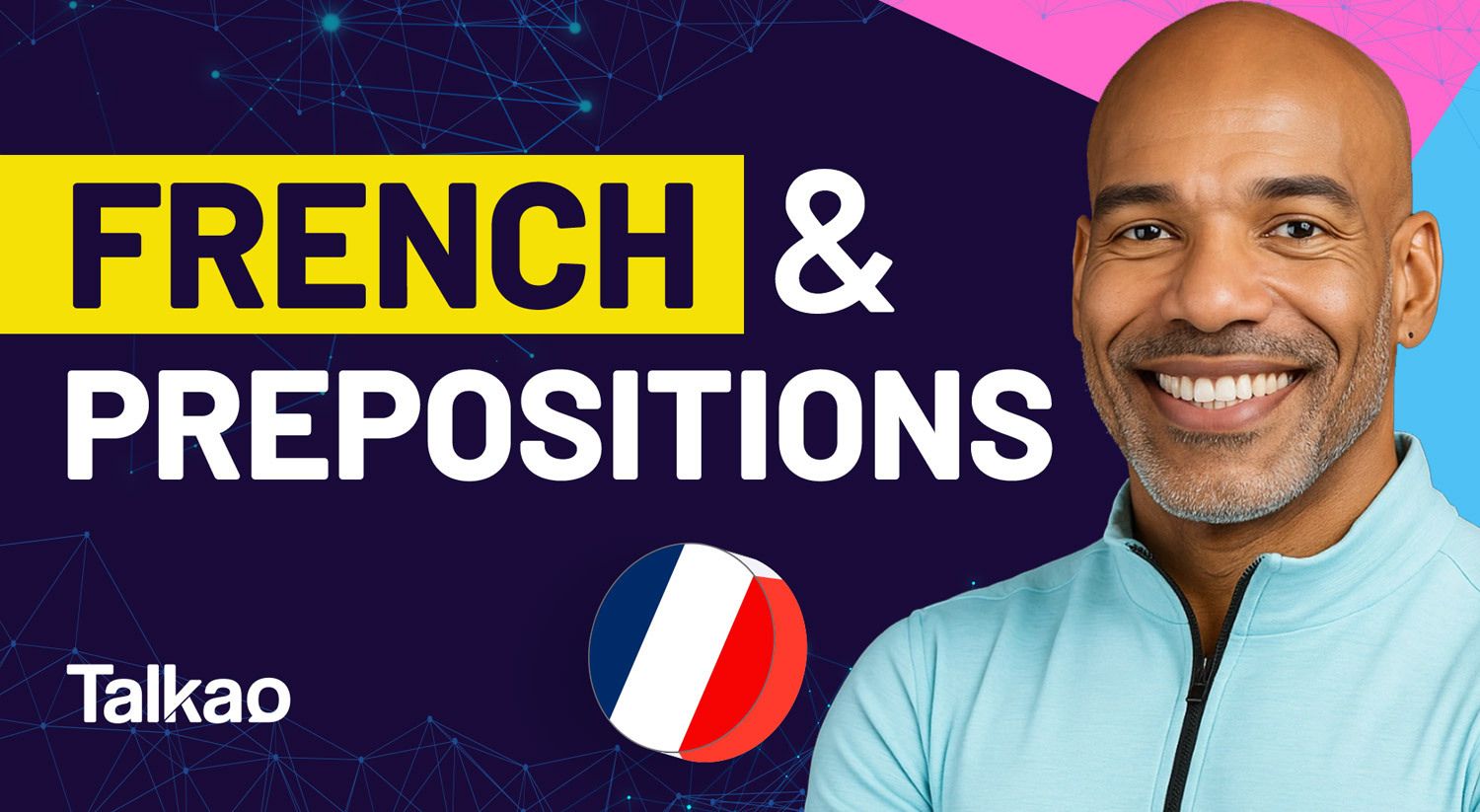

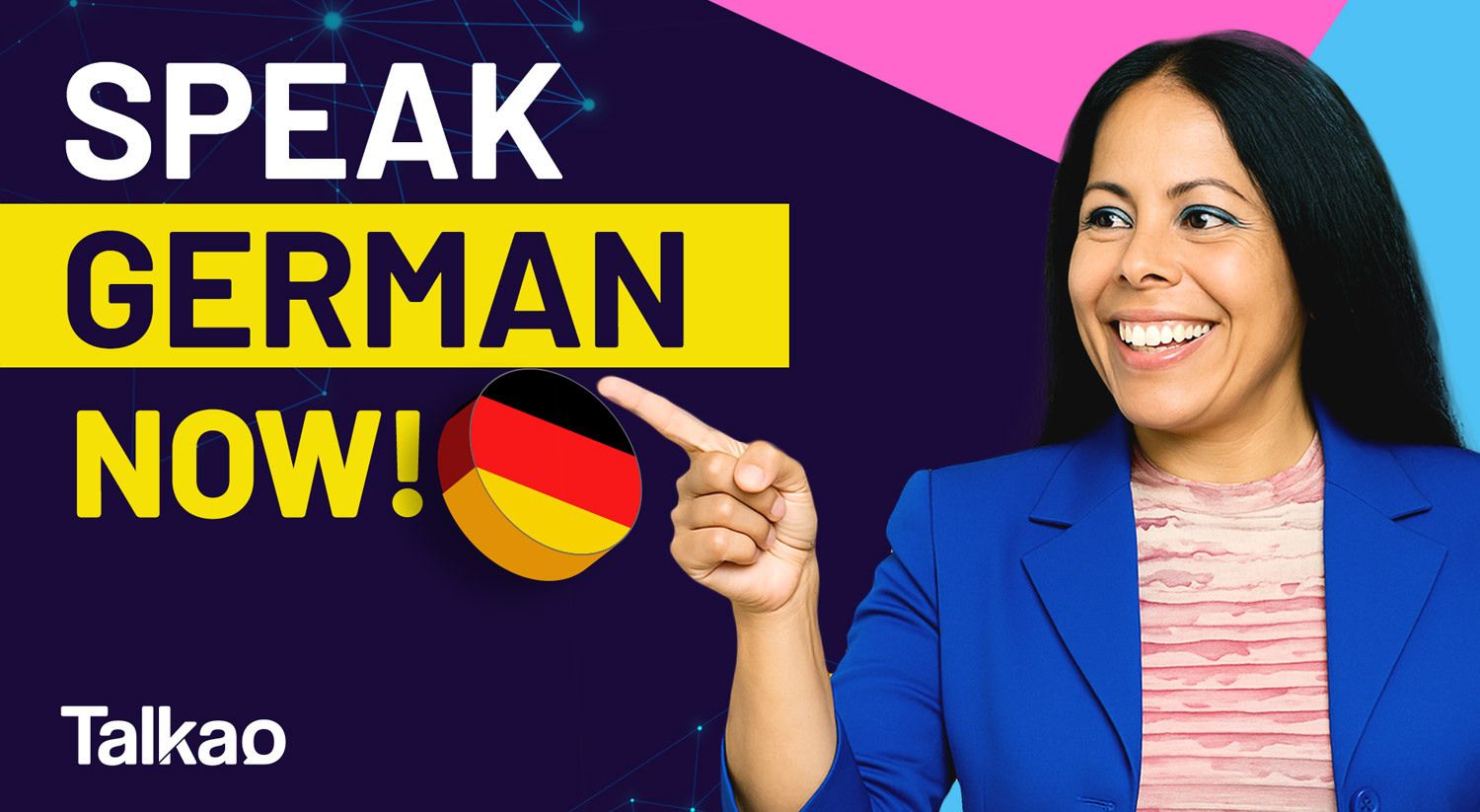
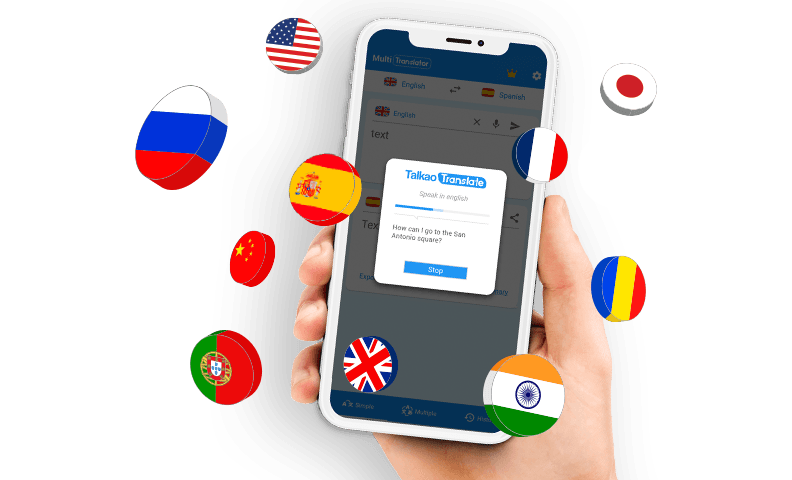

Newsletter